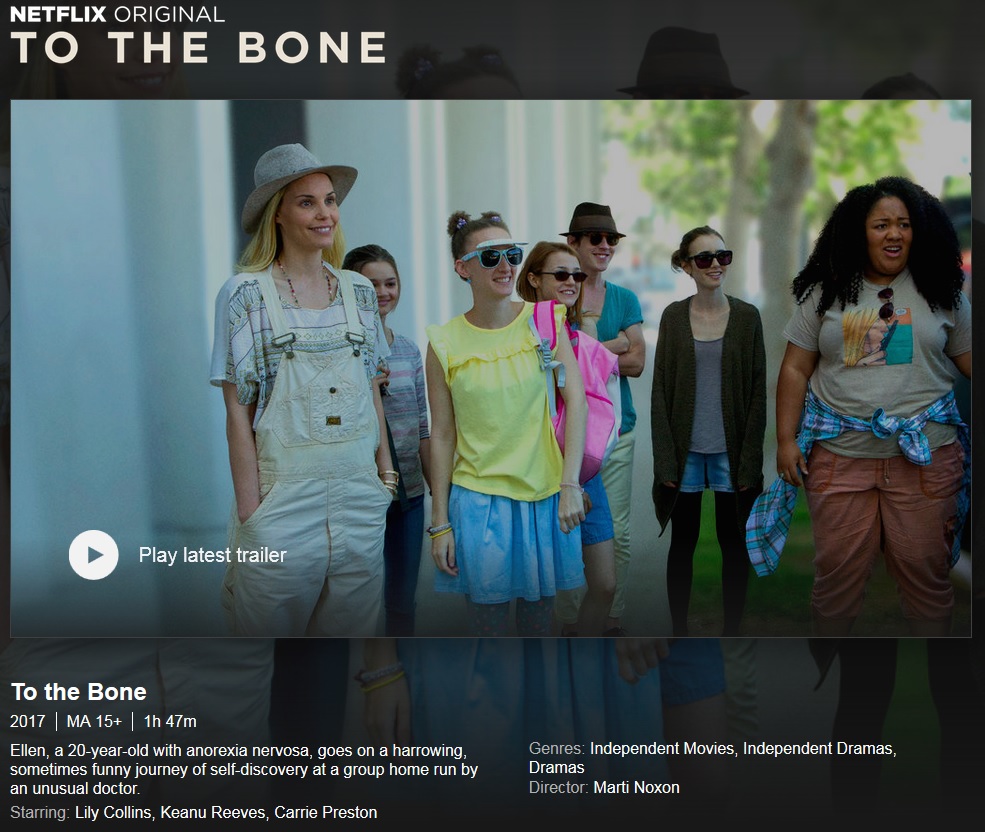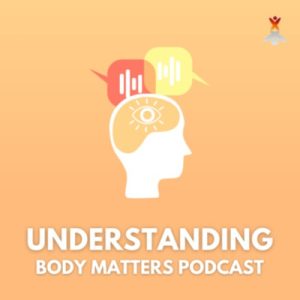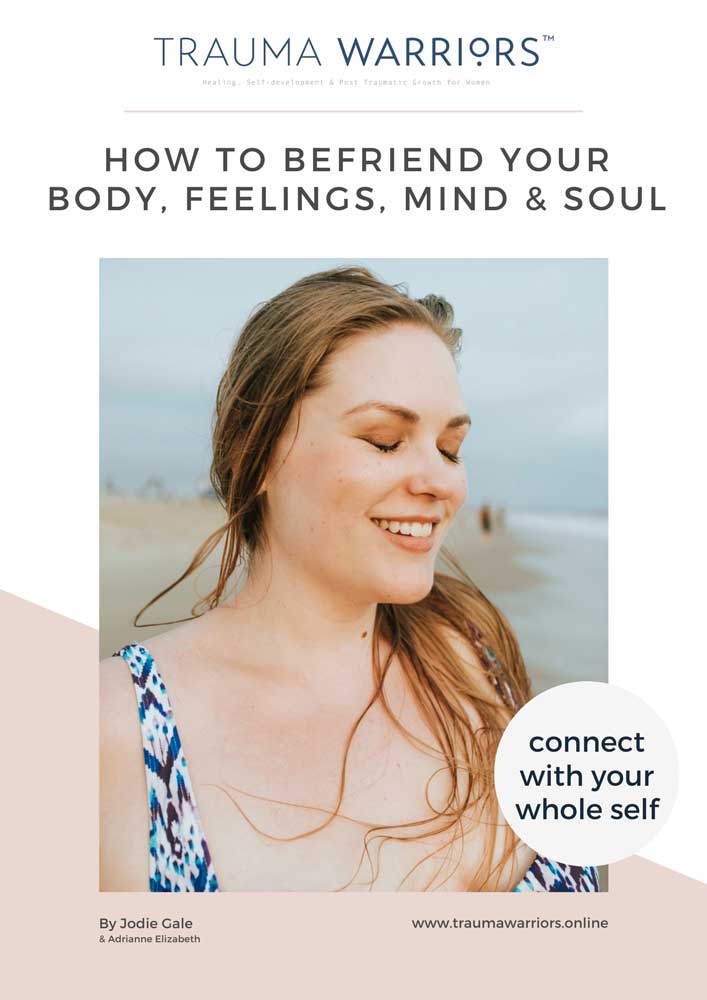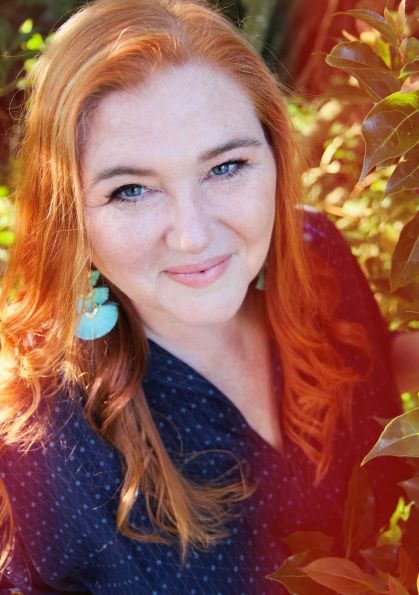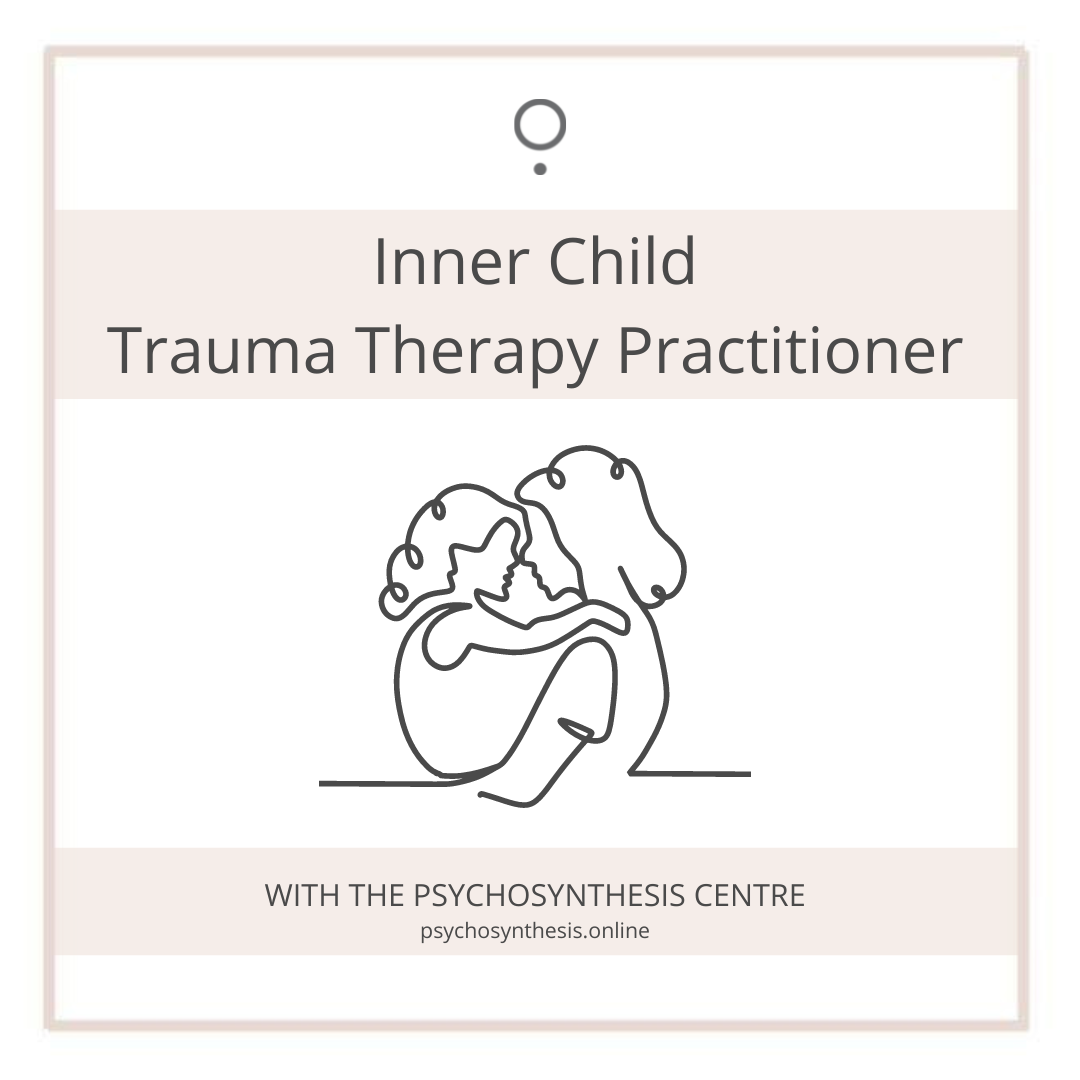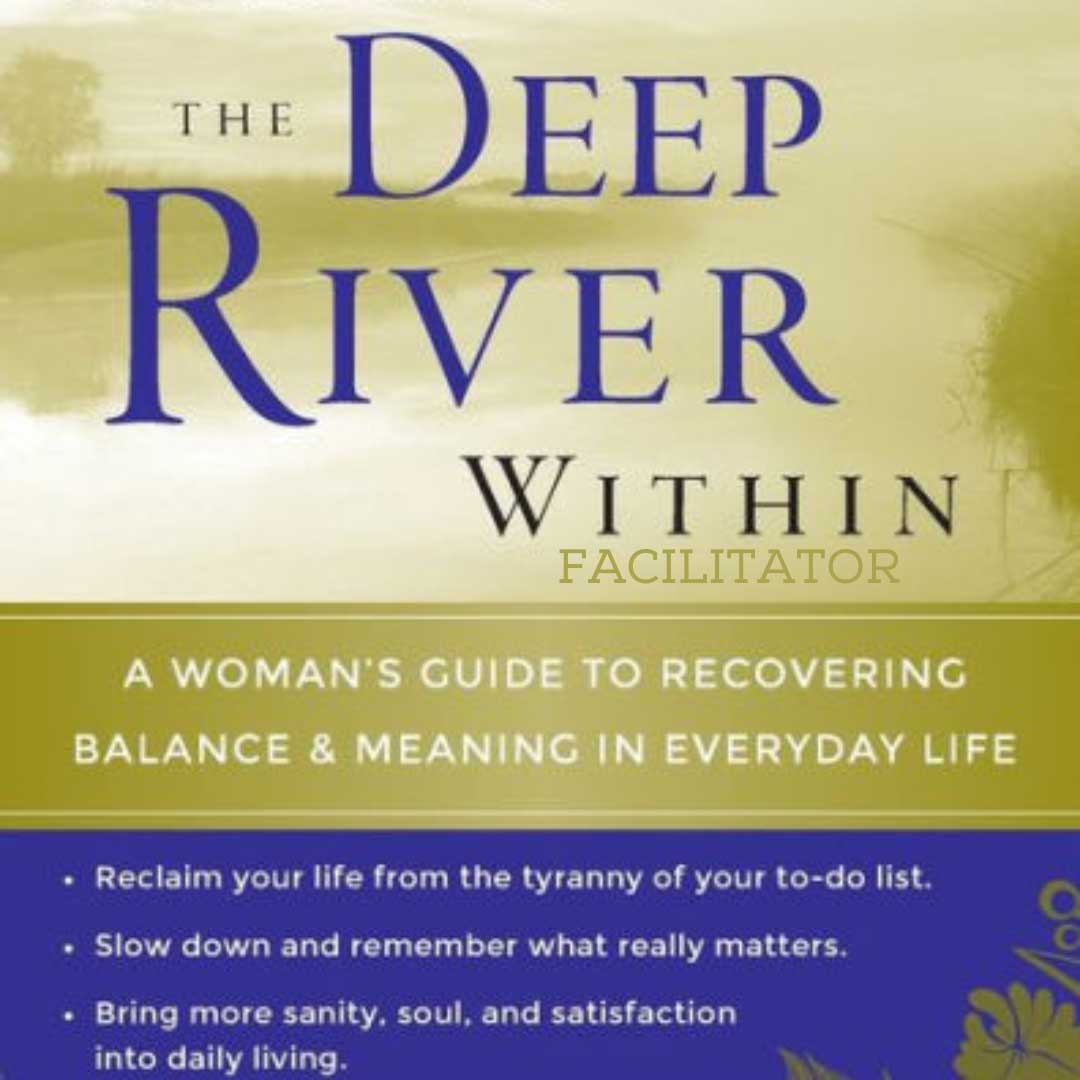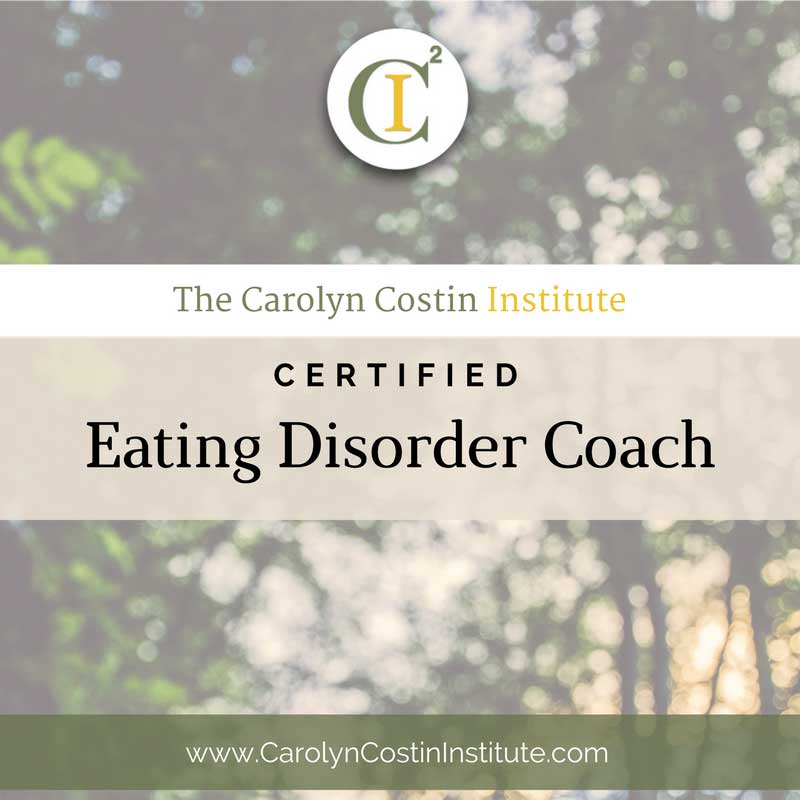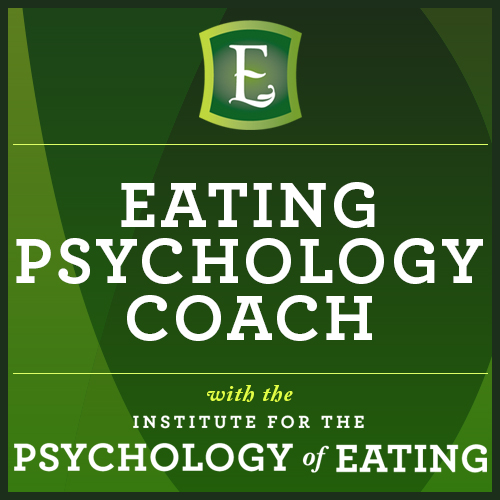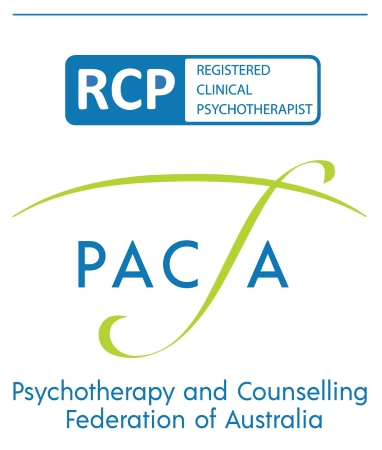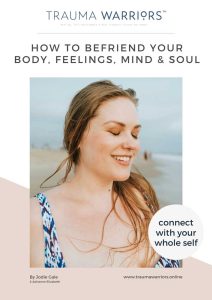Image Credit: Netflix
To the Bone Review
There is a lot of controversy surrounding the Netflix movie, To the Bone. As a former long-time sufferer of bulimia and as a counsellor and psychotherapist on the Northern Beaches of Sydney who has worked for nearly 20 years with women suffering with eating disorders – I get it.
I viewed To the Bone as a slice of one person’s struggle, at one point in time. Unfortunately that means it can’t be representative of all people who suffer and all types of eating disorders. From this place, I didn’t find it as bad as some of the reviews because it does raise some important talking points. The only real disappointment for me is that it lacked a depth exploration of the main character Ellen’s suffering and what it really takes to recover.
Here are my thoughts about To the Bone (with spoilers):
The focus on the dysfunctional relationships within Ellen’s family system
To the Bone starts by highlighting the relationships between Ellen and her family. Ellen’s mother and father are separated. We don’t see the father throughout the movie – he is physically and emotionally absent. Ellen’s mother and step mother are completely unaware of Ellen’s needs and are distracted by their own lives. Ellen lacks a nourishing mother.
There is sometimes a reluctance amongst eating disorder therapists to talk about how certain parenting styles contribute to the development of the eating disorder. This is concerning considering in nearly 20 years of working with women with food, weight and body image concerns, almost every client I have worked with has grown up in a family where she has suffered at very least childhood emotional neglect, at worse, narcissistic wounding and complex trauma related to experiences within the family system.
The child with the eating disorder is often expressing the dysfunction within the family system; she does this through her behaviours and symptoms. Her body and her relationship with food, express what her words cannot. The tragedy is that the whole family is in crisis but the focus turns to the ‘sick child’ (who often feels like the problem). This is not about blaming families, rather, thinking systemically about what is really going on within the whole family system.
I like that To the Bone highlights this but I felt it lacked a depth exploration, particularly in the therapy scenes. Focusing on calorie counting and other behaviours distracts from the deep suffering that Ellen is experiencing. It also stops the audience from really connecting with Ellen’s pain. Like treatments that only focus on meal plans, food and weight restoration, To the Bone gets caught on the surface, rather than seeking to understand the whole story, the underlying trauma, and the value, meaning and purpose of the symptoms. To achieve long-term recovery, the focus needs to be redirected to the underlying emotional, cultural, psychological and spiritual concerns.
Ellen connects with others in a group home treatment facility
Whilst there didn’t appear to be a lot of supervision at the group home, I liked that it showed how Ellen was able to build connections with others in treatment. As we know, many of the issues underlying eating and weight issues are relational and attachment related.
Some reviews of the movie are concerned that it focused on a glamorised, smoky eyed, attractive white female. It’s important for the public to understand that disordered eating comes in all types, shapes and sizes. I liked that the residential treatment centre included different types of people (including a guy), different types of body sizes and different types of eating disorder behaviours and symptoms.
Ellen hits rock bottom
There is a lot of criticism about this part of the story-line. Not everyone hits rock bottom before they seek treatment and not everyone needs to hit rock bottom before they seek treatment.
My personal experience is that I did hit rock bottom and shortly after, I found a psychotherapist who specialised in eating disorders. It was the start of our 6 year journey in weekly therapy together; therapy that ultimately helped me save my life.
So although this storyline doesn’t fit for everyone – it is certainly something I have personally experienced as well as many of the women I have worked with over the years. Wanting to die, versus the realisation of, ‘I might actually die’, can often be the motivating force for choosing recovery.
Ellen’s dream in the desert
The scene where Ellen goes to the desert really spoke to me. When I first entered my own counselling and psychotherapy for bulimia, my therapist shared with me an article by Jungian Analyst, Mary Esther Harding, ‘The value and meaning of depression’.
‘Depression’, she says, ‘symbolises a psychological condition or experience when one has the feeling of being in a desert, or in the wilderness – a feeling of being lost, lost in a barren region, so lost that one is in a state of despair.’
‘For the wilderness of course is a place where there is no water. Life is precarious, human life almost impossible. A human being in the wilderness is alone, isolated, [her] life in danger’
The name ‘wilderness’ means wild-land and wherever the wilderness appears in a myth or a dream, it refers to a place of stagnation, where there is no life, where everything is arid and nothing can grow. In psychology it refers to a condition of having this same characteristic – a condition where the flame of life sinks. All energy sinks into the unconscious and the individual suffers from depression and inertia.’
‘A spirit of dullness and gloom and hopelessness falls upon one at such time and nothing seems worthwhile. Life has temporarily lost its meaning.’
This is exactly what it feels like to be stuck in the despair of the depression underlying the eating disorder. Life has lost all value, meaning and purpose. It is a place of no life energy and no will.
Essential to long-term recovery is an exploration of value, meaning and purpose at two levels:
- How has the eating disorder been of value? What is its meaning? How has it served? What is the emerging purpose of the symptoms? What are the symptoms calling for the person to awaken to in themselves?
- Life has lost its value, meaning and purpose. The work of recovery is a spiritual journey to discover that which brings value, meaning and purpose in life.
To the Bone offers hope
Ellen and her fellow companions in treatment all have a bumpy recovery journey – this is resonant with real life recovery. After Ellen’s experience in the desert and hitting rock bottom, her life energy and will was no longer trapped and she made a choice to go back into treatment. For me, this shows that even though recovery is full of ups and downs, it is always possible. The ending was a hopeful one.
Hope is the starting point for recovery.
For therapists working with eating disorders, the person suffering comes to us drowning in a sea of despair and hopelessness; it’s therefore imperative that we hold hope and continue to nourish her until she is able to do this for herself.
To the Bone is triggering
Yes it is. And … so is life.
In the height of my eating disorder, I couldn’t leave the house without being triggered. I was triggered by my reflection in the shop window, the Krispy Kreme that popped up on the corner of my street, the diet talk around my office lunch table, the Weight Watchers advertisement on the billboard opposite my house, the cover of a magazine with headlines, ‘size 0’. For those suffering with eating and weight concerns, we are bombarded with images of how women should look and how they should eat. For me, flickering through Instagram celebrities and wellness warriors is just as triggering, if not more so. MacKenzie, the physician who treated Noxon who produced To the Bone says, “I don’t think there are any triggers in there that young people of today are not already exposed to,” .For someone in the grips or recovery from an eating disorder, the trigger list is endless.
To recover, it’s about,
- knowing that triggers are extremely challenging
- learning to manage these challenges as part of recovery
- understanding that even when we are triggered, we have a choice about how we respond to the trigger
- realising that when we are triggered, it is not a time for acting out but a time to look inwards to build our capacity for self-exploration and self-awareness
What do people who have suffered with disordered eating make of To the Bone?
As with 13 Reasons Why, I asked the women I work with what they thought of To the Bone. Shared with permission here,
‘I didn’t feel so alone after watching it’
‘It was a good movie and it made me feel hopeful’
‘Not the best it could have been but I’m glad eating disorders are finally in the spotlight’
‘It’s really got people talking; that’s a good thing’
‘The reviews said it glamorized anorexia, I didn’t feel it did, that’s just what it is like’
‘I liked it and could totally identify with all of the characters’
‘It was ok but I wish they showed how much pain is being covered up’
‘It was painful to watch because it reminded me of how I used to be’
‘That could have been my family, it was spot on’
‘I realised that I actually have an eating disorder’
Should you watch To the Bone?
If you are struggling with any kind of food, weight and body image concern, use discernment about whether you should watch this movie. In an ideal world, my recommendation would be to watch prior to your therapy session or with your therapist or other support person so that you can process the themes in the movie with care.
Do you want to transform your relationship with food, body & soul®? Start here by clicking on the link for a copy of my free eBook, 4 Ways to Befriend Your Body.

